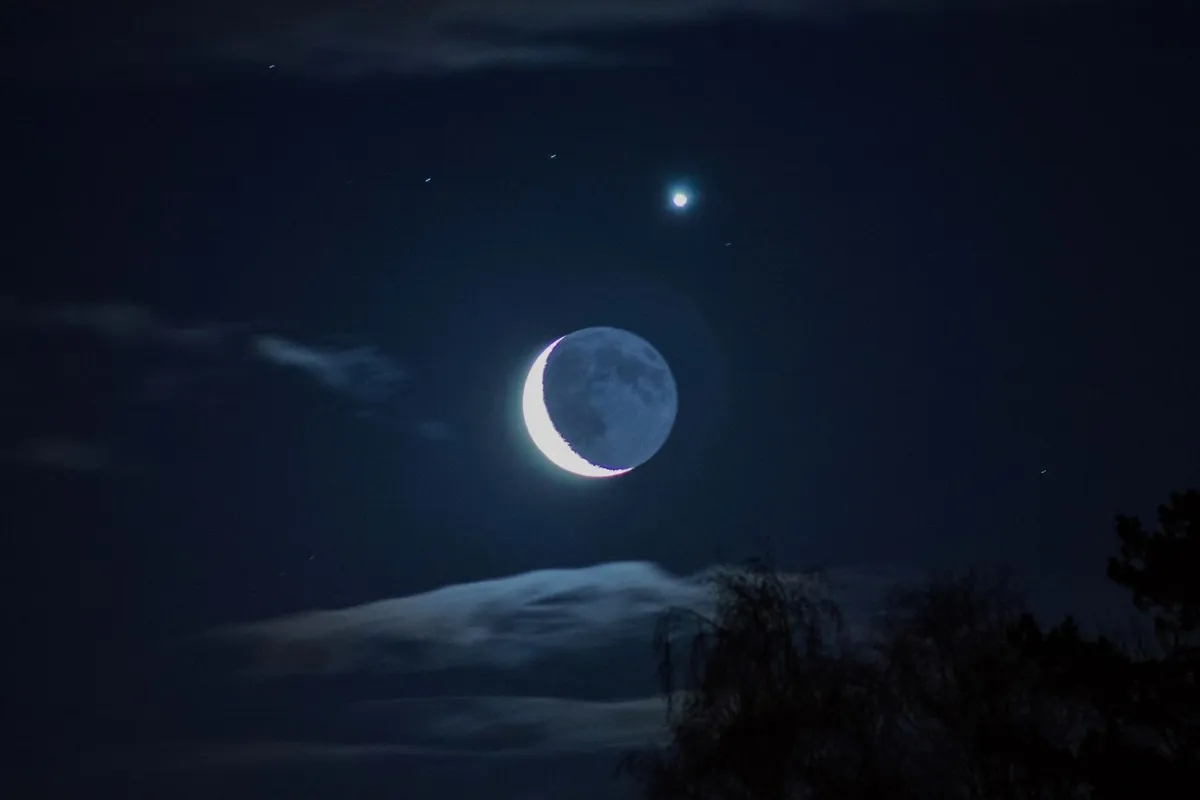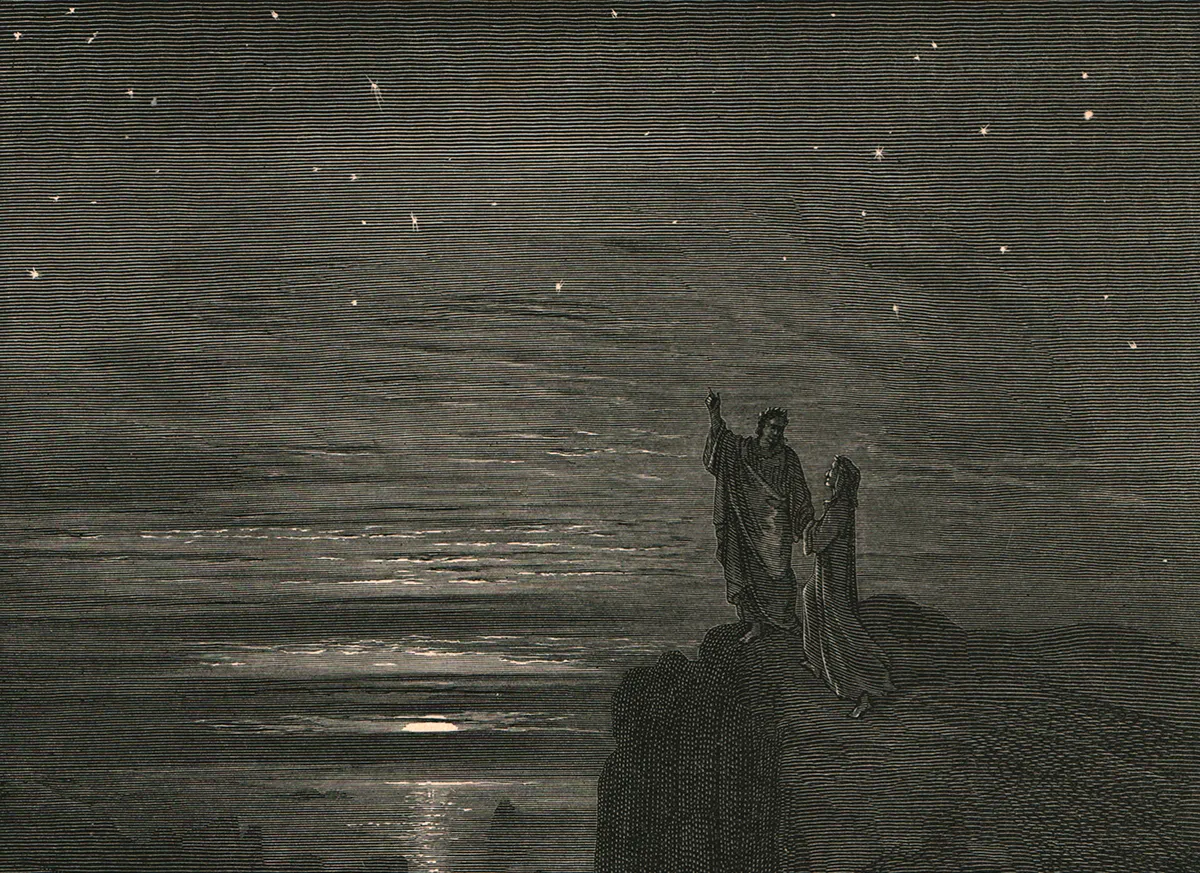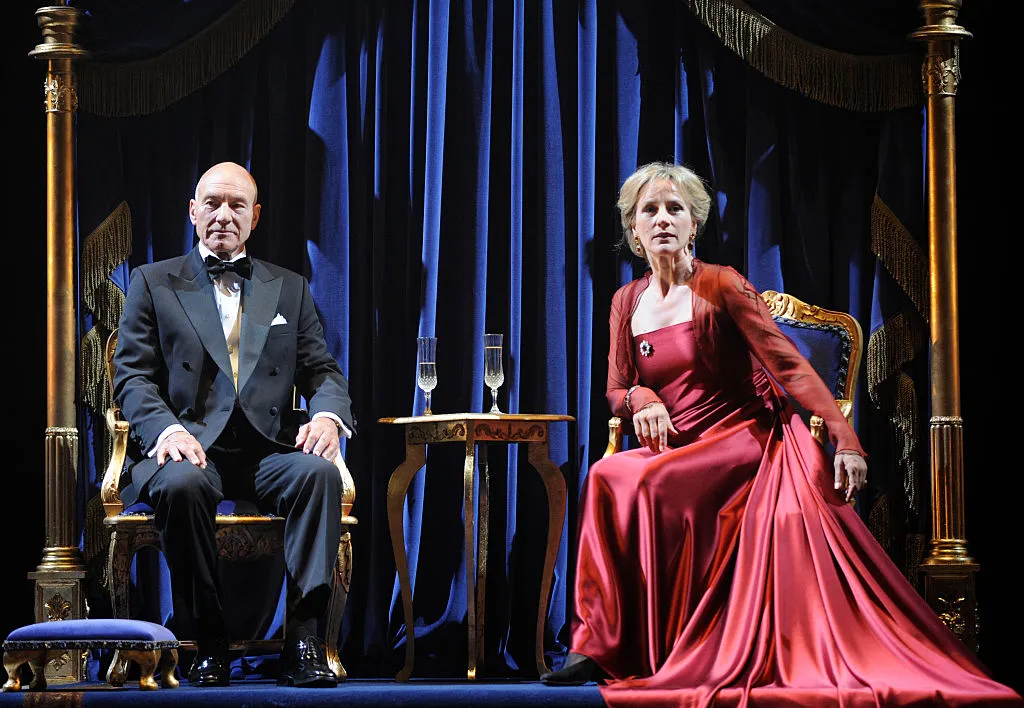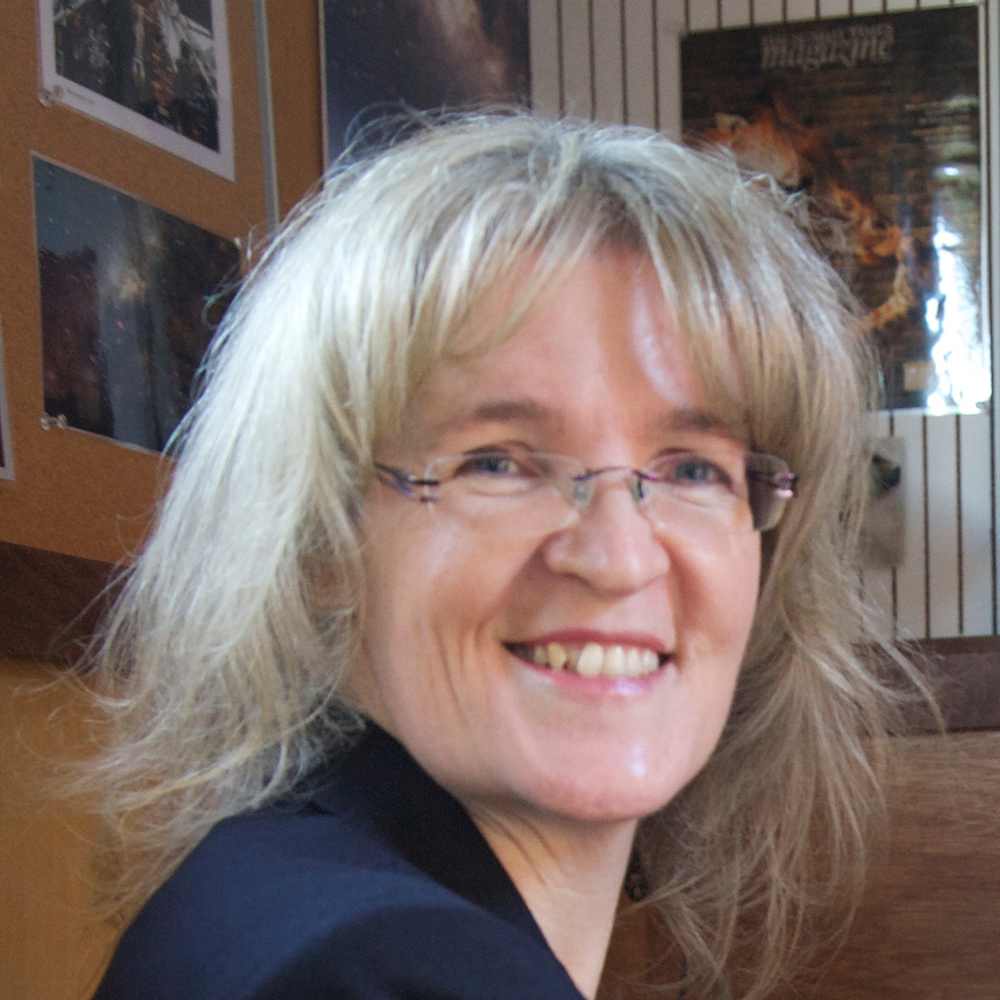Will the Great Conjunction of Jupiter and Saturn on 21 December 2020 improve your love life, or your career? Will there be thunderbolts and lightning and other very, very frightening things? Does its apparition herald a new messiah or monarch? War, flood, famine, plague and pestilence?
Like astronomers – and astrologers – of centuries past, feel free to associate your own pattern of events to this super-close alignment.
Celestial alignments or 'conjunctions' have excited, inspired, influenced and frightened humanity throughout history. This ‘conjunctionitis’, as I call it, has resulted in predictions and interpretations in literature too.
- Fond of a good read? Check out our guide to the best space and astronomy books

Aristotle, in his work On the Causes of the Properties of the Elements, comforted readers by assuring them that Jupiter and Saturnconjunctions caused “mortality of races” and “depopulation of kingdoms”.
Later, Arab astrologer Albumasar wrote in his De magnis conjunctionibus (886) of three conjunctions of Saturn and Jupiter: the ‘great one’, a ‘greater’ and ‘the greatest’, each occurring over longer epochs respectively.
For centuries this influenced Christians, among them the scholastic thinker Roger Bacon, who took up the conjunction cudgel in his Opus Majus.
Saturn and Venus this year in conjunction! What says th’almanac to that?
Prince Hal, Henry IV Part II, William Shakespeare
In the Middle Ages, Italian poet and astrology sceptic Dante Alighieri acknowledged a preoccupation with the configuration of stars and earthly events below.
He was anticipating a Messiah to purge Christianity, the religious establishment, of its evils. In the latter part of his Purgatorio (XX.13-15 and XXXIII.40-45) he made a passing reference to a conjunction.
But it was his son, Piero, who imagined that this was a prophetic reference to the conjunction of Saturn and Jupiter (along with Mars) in 1345, 24 years after Dante’s death in 1321. Again, feel free to interpret at will!

And staying with Will, the great bard himself Shakespeare employed numerous astrological, nay, astronomical references in his works, and these also included a few planetary conjunctions.
But this celestial observation was somewhat carnal in nature: a metaphor for Falstaff kissing a prostitute with the unfortunate moniker Doll Tearsheet!
In Henry IV, Part II, Prince Hal proclaims, “Saturn and Venus this year in conjunction! What says th’almanac to that?”
If Jupiter and Saturn meet, What a crop of mummy wheat! The sword’s a cross; thereon He died. On breast of Mars the Goddess sighed.
WB Yeats
Shakespeare’s characters often professed undying love when planets ‘cosied up’ in the zodiacal belt: Claudius for Gertrude in Hamlet, whose love was “so conjunctive to my life and soul”; Queen Margaret for Suffolk in Henry VI, Part II, his “lovely face” ruling “like a wandering planet” over her.

Both were references to planetary conjunctions. We can only imagine the literary fireworks ignited when Jupiter and Saturn ‘kiss’ on 21 December 2021!
Perhaps this time the gas giants’ ‘meeting’ will be more agrarian in nature, as penned by WB Yeats in his poem Supernatural Songs:
“If Jupiter and Saturn meet, What a crop of mummy wheat! The sword’s a cross; thereon He died. On breast of Mars the Goddess sighed.”
Saturn, with his sickle, is often portrayed as the grim reaper. Conversely, Jupiter embodies fruitfulness and generosity – yin and yang, harvest and growth, mummery or mumbo jumbo? You decide!
But however bad your conjunctionitis, whatever known or unknown influences emanate from the sky, be sure to step outside later this month and try to catch the historic Great Conjunction for yourself this winter solstice.
Do you have a favourite cosmological reference in a piece of literature? Let us know by emailing contactus@skyatnightmagazine.com.
Jane Green is an astronomy writer and author of the Haynes Astronomy Manual. This article originally appeared in the December 2020 issue of BBC Sky at Night Magazine.
